World takes note of Vietnamese effort
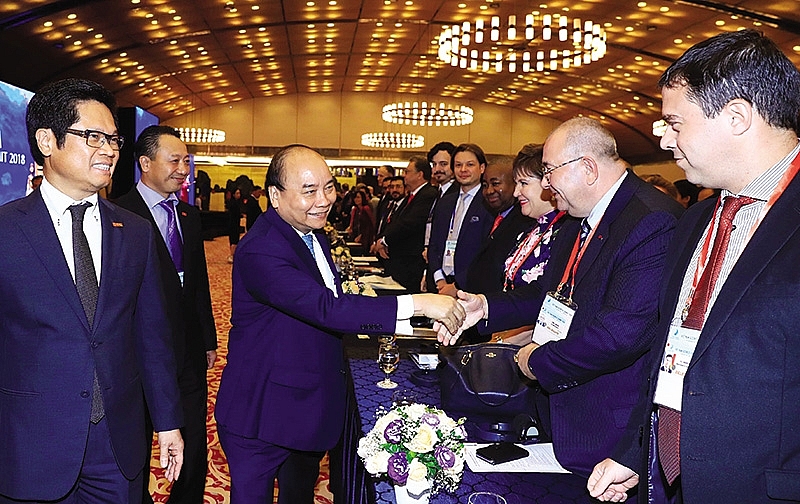 |
| At the VBS, Prime Minister Nguyen Xuan Phuc met with leaders of foreign firms promising to raise investment in Vietnam |
“Vietnam does not have the ambition to become the foremost nation as part of this globalisation, but we want to become a friend to the best. We are quite confident about realising this aspiration. At the same time, Vietnam aspires to become a prosperous nation. This is a vehement aspiration, second to none in the world,” Prime Minister Nguyen Xuan Phuc told the Vietnam Business Summit (VBS) held as part of the World Economic Forum on ASEAN (WEF on ASEAN 2018) last week.
The PM’s words received long, thunderous applause from more than 1,000 participants at the VBS, all of them are leaders of domestic or foreign enterprises or international organisations. The words showed the government’s strong will to lead the country to a more affluent future, based on the great achievements recorded over the past years.
“We understand that when we grow, other nations also grow, in a global, competitive environment. Thus, we have to multiply our efforts,” PM Phuc said.
Globally recognised stories
“Vietnam’s successful organisation of WEF on ASEAN 2018 and the country’s great efforts to create a business-friendly climate and a facilitating government in service of the people and businesses have become stories listened to by the world,” said Borge Brende, president of the WEF.
According to Brende, the WEF has witnessed great achievements made by Vietnam since 2010. Specifically, the country’s GDP has doubled, export turnover has nearly tripled, the value of the stock market has almost doubled, and there has been a soar in attracted foreign direct investment (FDI). “More importantly, Vietnam’s poverty rate has dramatically reduced, from over 50 per cent in the 1990s to only 3 per cent now,” he said. “This is a major lesson to many developing nations around the world.”
He forecast that the Vietnamese economy would grow by about 7 per cent this year, reflecting the country’s successes and a continuation of its firm trajectory.
“This also means Vietnam will not rest on its laurels. Vietnam is not complacent about its achievements and it is strongly continuing its reforms and changes to reach higher growth in the future,” Brende stressed.
The World Bank also sees Vietnam as having achieved a “manufacturing miracle.” This is because over the past five years, manufacturing output expanded by an average of 10.3 per cent annually, and an estimated 1.5 million new manufacturing jobs were added between 2014 and 2016 alone, driven in large part by export-oriented sectors, including electronics, garments, and footwear.
Last year, Vietnam’s total manufacturing exports expanded at a blistering rate of 20 per cent, soaring to $180 billion – equal to about 80 per cent of Vietnam’s GDP. Because manufacturing jobs tend to be more productive – on average, the output per worker in manufacturing is about three times higher than the average in the economy – this has lifted actual (and potential) GDP growth, boosted labour productivity, and raised wage growth, which, in turn, contributed to rising living standards and a steady decline in poverty.
Last week, PwC released a report titled “The Future of ASEAN: Vietnam Perspective,” which cited the International Monetary Fund’s World Economic Outlook Database as showing that Vietnam is projected to reach $327 billion in GDP by 2022, recording real GDP growth of 6.2 per cent annually between 2016 and 2022. This is noticeably higher than the projected growth for the ASEAN-5 group as a whole and Singapore.
“We project that by 2050, Vietnam could be among the top 20 economies in the world and the top 10 in Asia,” the report said.
How did this miraculous growth come about?
“Some basic foundations are clearly important,” said a recently released World Bank report on Vietnam. “Wages are still low and demographics are favourable. About half the population is below the age of 35 and Vietnam has a large and growing workforce. The country is also politically stable and geographically close to major global supply chains. But this is not necessarily what sets Vietnam apart.”
According to the World Bank, Vietnam’s economic rise can be explained by three main factors. “Firstly, it has embraced trade liberalisation with gusto. Secondly, it has complemented external liberalisation with domestic reforms through deregulation and lowering the cost of doing business. Finally, Vietnam has invested heavily in human and physical capital, predominantly through public investments,” stressed the report.
According to PwC, Vietnam’s growth engines include its young and growing workforce, 45 per cent of which is under 30 years old; its competitive economy, beyond low labour costs; and, especially, a government committed to growth.
“Vietnam has a stable socio-political environment which promotes predictable policies in business and trade. The government is also committed to creating a fair and attractive business climate for foreign investors,” the PwC report said.
A hotspot for FDI
According to PwC, Vietnam is one of the few countries in the ASEAN to consistently record positive FDI in recent years. Vietnam’s share of the ASEAN’s total FDI inflows rose from 7 per cent in 2010 to 12 per cent in 2016, ranking only behind Singapore as the country is attracting the most investments among ASEAN members.
As of August 20, Vietnam had 26,438 valid foreign-invested projects, registered at $333.84 billion. In the first eight months of this year, total disbursed FDI hit $11.25 billion, up 9.2 per cent on-year, according to Vietnam’s General Statistics Office.
“With rising global interest in Vietnam as a destination for FDI, combined with recent progress on major trade deals including the Comprehensive and Progressive Agreement for Trans-Pacific Partnership, the outlook remains positive for this year and the next,” said the Asian Development Bank in its recently released Asian Development Outlook Supplement report.
Justin Wood, head of Asia-Pacific and member of the executive committee of the WEF, told VIR, “If you look at FDI in Vietnam, it has increased to a record level. So I think it’s clear that over recent years, Vietnam’s position in the world has become much more integrated and much more connected. But I think that these days, when we talk to any global CEO and look around the world to see opportunities they face, we see that Vietnam is clearly one of the countries they have to come to in order to do business and invest seriously.”
Last week, PM Phuc met with Karim Temsamani, president of Asia-Pacific at Google, Carlsberg CEO Cees’t Hart, and Alex Dimitrief, senior vice president and general counsel of GE and president and CEO of the Global Growth Organization. They said that their companies will continue investing in Vietnam and supporting the country in its sustainable development.
For example, Google will provide free-of-charge digital skill training for about 500,000 heads of Vietnamese small and medium-sized enterprises in order to help these enterprises seize more business opportunities in the digital economy. In addition, Google is planning to support Vietnamese farmers in applying digital technologies in their agricultural production.
“Vietnam is becoming one of the world’s manufacturing bases, and also a fulcrum for trans-national groups to supply competitive services and products in the globe,” PM Phuc said. “Vietnam is also home to many foreign companies, including global leaders such as Samsung, Canon, Fujitsu, Toyota, Honda, Intel, and Nike. This proves that Vietnam has great potential in FDI attraction and economic growth. The Vietnamese government also hopes that many more international groups will be more open in their supply policies. They should create more opportunities and give more support to Vietnamese businesses, so that domestic businesses will be able to engage further in the global value chains.”
| Nguyen Xuan Phuc - Prime Minister
When thinking about the ASEAN, abundant natural resources with great potential a global manufacturing base comes to mind. However, in the Fourth Industrial Revolution with its spectacular scientific and technological achievements, the ASEAN is now known as one of the cradles of novel and innovative ideas. High-technology and the new digital economy have become high-potential sectors for the ASEAN, forecast to quadruple in value to $200 billion by 2025. The opportunities that the Fourth Industrial Revolution is bringing to ASEAN member states are tremendous. I would like to highlight a number of opportunities and benefits, such as creating breakthroughs in increasing labour productivity in five major industries including electronics, chemical and petroleum, consumer goods, foodstuff, and pharmacy. The opportunities also include the promotion of more inclusive growth to meet the Sustainable Development Goals initiated by the United Nations, based on the application of Industry 4.0 in order to create connectivity and sharing of values and new innovations. Another opportunity is to develop small and medium-sized enterprises (SMEs), which are the backbone of the ASEAN economies and are also the source of many new ideas. Industry 4.0 has opened up opportunities to link SMEs with transnational and global markets. We also have an opportunity to take a shortcut in boosting the national industrialisation policy. The ASEAN can bypass traditional industrial development stages through the development of artificial intelligence, robots, unmanned aircrafts, satellites, and sensors. This is aimed at improving productivity and effectively exploiting all human and natural resources. However, the ASEAN also has to face lots of challenges, such as the danger of unemployment due to automation. According to the International Labour Organization, 56 per cent of all employment in five ASEAN nations [Cambodia, Indonesia, the Philippines, Thailand, and Vietnam] is at high risk of being replaced with technology over the next decade or two. This would mean that the “traditional age of Asian manufacturing” will come to an end. Another challenge is that there will be an increase in the gap in incomes. Industry 4.0 can help increase the incomes of people and nations with talent and knowledge, while also being able to cause social instability. In this context, the ASEAN is proud to have Singapore as a successful example in developing a digital economy. This nation has applied achievements of Industry 4.0 to develop by leaps and bounds over the past years. Facing all of the coming opportunities and challenges, ASEAN member states need to advance their policy priorities based on the shared interests of the whole region. Martin Frick - Managing director of Asia-Pacific, Temenos
Temenos is leading the digital transformation of banking services in the Asia-Pacific region and around the world, and 3,000 banks globally are using Temenos software. In Vietnam, we have 19 clients including banks such as VPBank, Military Bank, Sacombank, and Techombank. These banks are very keen on improving their technology in order to improve efficiency and provide better customer service. Today, banks in Vietnam and across the ASEAN region understand that to survive in an increasingly competitive market – and to better serve their customers – it is important to become truly digital. Just as the need to digitally transform core systems is fully understood, there is also a growing realisation that software designed in-house runs a high risk of wasting resources. In Vietnam, Industry 4.0 has also become a hot topic, and we can see rapid growth in the use of the internet through e-commerce and e-payment. At Temenos, we are very optimistic about the continuing development of the internet in Vietnam. However, Industry 4.0 can have a major economic impact due to opening borders for cross-border trade and payments. In addition to the challenges of Industry 4.0, more widespread regulation and tougher market conditions are accelerating change and exacerbating the difficulties that banks face. New technologies such as artificial intelligence (AI) and machine learning offer both a challenge and an opportunity to improve banking performance and banks across the Asia-Pacific region are now deploying AI to differentiate their services from those of their competitors. This trend was illustrated earlier in the year when China Construction Bank opened a bank entirely operated by robots. Like any other industry that faces significant ethical and regulatory constraints, I believe that banking needs to carefully consider the impact of AI on the workforce before it is widely deployed. Le Hong Minh - CEO, VNG
I often tell my friends that we are a very lucky generation to have grown up in the 1990s, because at that time, computers were first introduced into Vietnam, and then came the internet. They are wonderful technologies which can help people realise their dreams, play games, and connect with those living on the other side of the earth. However, for young people, these technologies are nothing special. In the 1990s, when we grew up, they took place in a very special context as they changed everything. We wanted to build up a company from such wonderful things, which later on became the ordinary things that we see now. At present, wonderful things take place around us. For example, when we pose a question to a computer, the computer will give an answer naturally thanks to Google’s artificial intelligence (AI) technology. In another example, when Steve Jobs introduced the first iPhone in 2007, we, as technological developers, understood that that was a wonderful moment. Over the next 20 years, you will be looking back at the past as we are doing now. Please do not do normal things, go for the extraordinary. The future of humankind will depend on what you think is ‘unimaginable,’ different or wonderful. Five years ago, digital marketing was a hot training sector. However, currently, the strong development of AI has almost changed the way digital marketing is going. Technologies are changing the world drastically. Yutaka Sanada - Regional senior vice president, Nissan Motor Co., Ltd.
Countries like Vietnam have the opportunity to bypass traditional phases of industrial development and leapfrog into Industry 4.0. With the Internet of Things, Big Data, and analytics, know-how is accessible to all countries, including Vietnam. Nissan has been here in Vietnam for many years. And, right now, Vietnam is joining the Fourth Industrial Revolution. According to some research specific to Vietnam-oriented projects, the boost is positive. Here at Nissan, we have a local engineering centre for automotive technology. We have hired 2,000 young engineers who are highly capable. They are touching on the latest modern developments for the US and China markets. It is the same for other manufacturers: engineers here in Vietnam know how to make the latest technology and how to assemble it locally. These engineers can innovate their own ideas, and create a uniquely Vietnamese way to do it. Some revolutions are not expected to happen immediately, and Vietnam is still in the work-in-progress stage. However, the demand for young engineers is likely to expand rapidly in the next five years. So motorisation will accelerate in maybe five years’ time, meaning that in 2022 or 2023, some surprising, revolutionary events may happen in Vietnam’s industry. Kim Jung In- CEO, Sein I&D Vietnam Co., Ltd.
The Fourth Industrial Revolution has offered and will continue to offer both opportunities and challenges. It is time for Vietnam and South Korea to prepare a new form of co-operation in a manner suitable to their own development situations. The onset of Industry 4.0 is all about technical capacities and ideas which are created by humans. Thus, we must look for opportunities in the development of human resources suitable to Industry 4.0. The sectors to which the Vietnamese government is attaching great importance include smart cities, e-government, and construction of infrastructure for information and communications. These are also the sectors which are the strengths of South Korean businesses. If enterprises and research agencies in both countries develop a joint network for close co-operation, good outcomes will be achieved. In Industry 4.0, the co-operation space for the two countries’ enterprises needs to be expanded. We will also have to expand the co-operation network within the ASEAN and in the world, and actively grab opportunities from the super-connected society. It will be very good if we can create opportunities from this foundation. I suggest that efforts must be made to further cement the South Korea-Vietnam co-operation via healthy competition. BumRyung Yoo - CEO, Mobidays
Mobidays is a global mobile marketing company which connects and mediates domestic and international advertisers, advertising agencies, and general media representatives with major mobile mediums. Not only Vietnam, but also the ASEAN as a whole is being hit by the Fourth Industrial Revolution. However, from my sense, the prospects of Vietnam are promising because of the country’s continued high growth for the next five years, and its large population with substantial consumption power. Customers in Vietnam will need more time to spend much more on digital content. The infrastructure for digital content in Vietnam will also need time to develop more. In order for Vietnam to seize opportunities from Industry 4.0, Vietnamese people will need to be equipped with foreign languages. |
What the stars mean:
★ Poor ★ ★ Promising ★★★ Good ★★★★ Very good ★★★★★ Exceptional
Related Contents
Latest News
More News
- China, Thailand forge alliance for moon exploration (April 15, 2024 | 08:00)
- Two Philippine navy pilots dead after helicopter crash (April 11, 2024 | 16:58)
- Singapore: E-commerce scams double in 2023 (April 11, 2024 | 16:55)
- Malaysia urges Meta, TikTok to curb harmful content (April 10, 2024 | 16:21)
- Renewable energy – leading solution to climate change mitigation in ASEAN (April 09, 2024 | 16:18)
- Philippines warns of scorching heat (April 09, 2024 | 16:13)
- Thailand cracks down on e-cigarettes at schools (April 08, 2024 | 17:10)
- Many Buddha figurines unearthed in Laos’ Xieng Khuang province (April 08, 2024 | 17:07)
- Marina Bay Sands announces expansion (April 08, 2024 | 16:28)
- Laos, Thailand launch cross-border QR payment (April 04, 2024 | 15:38)



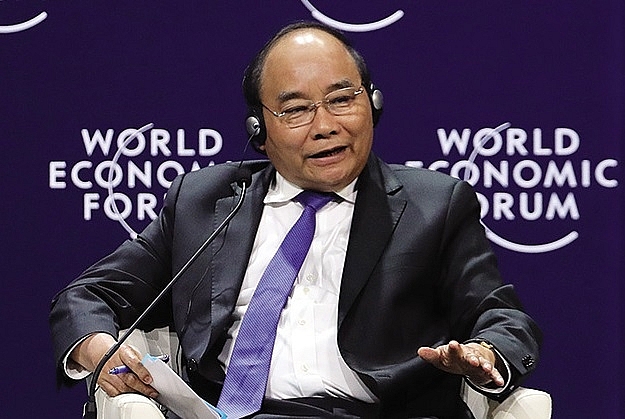

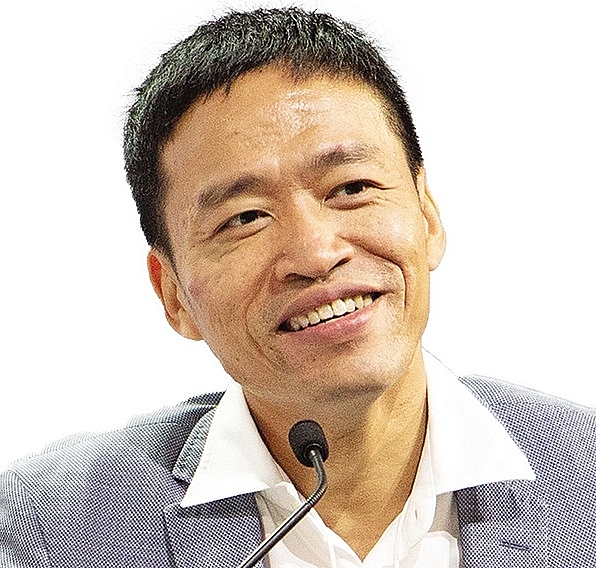
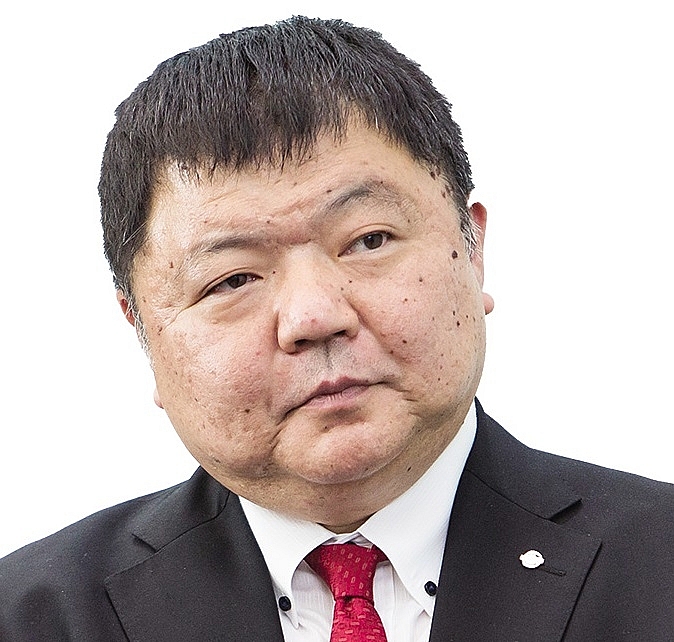
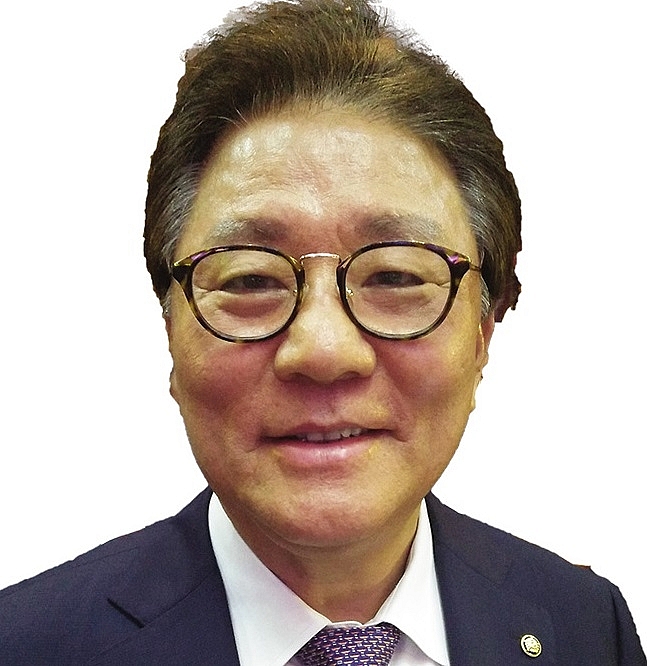

 Tag:
Tag:
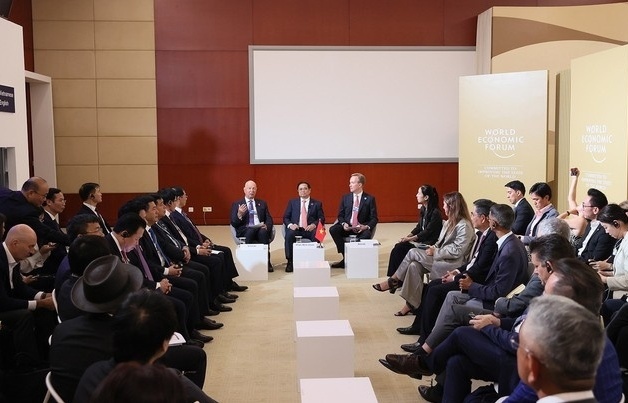

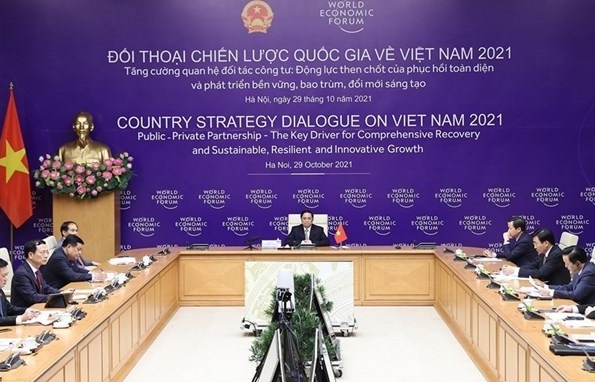

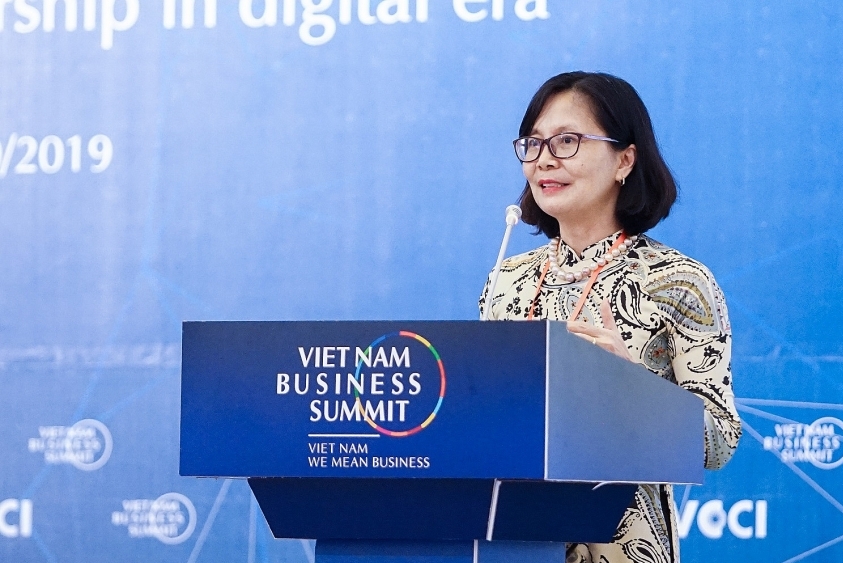


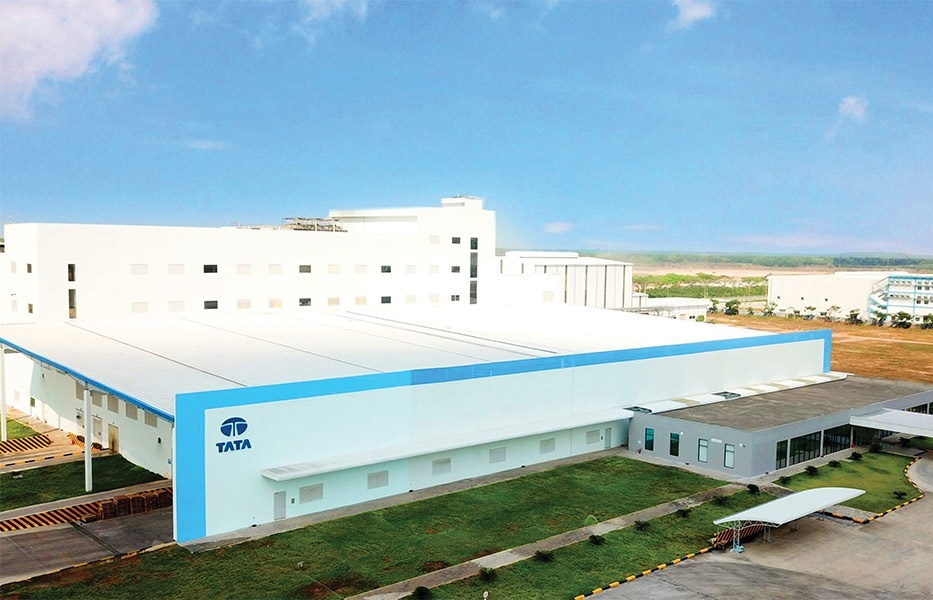
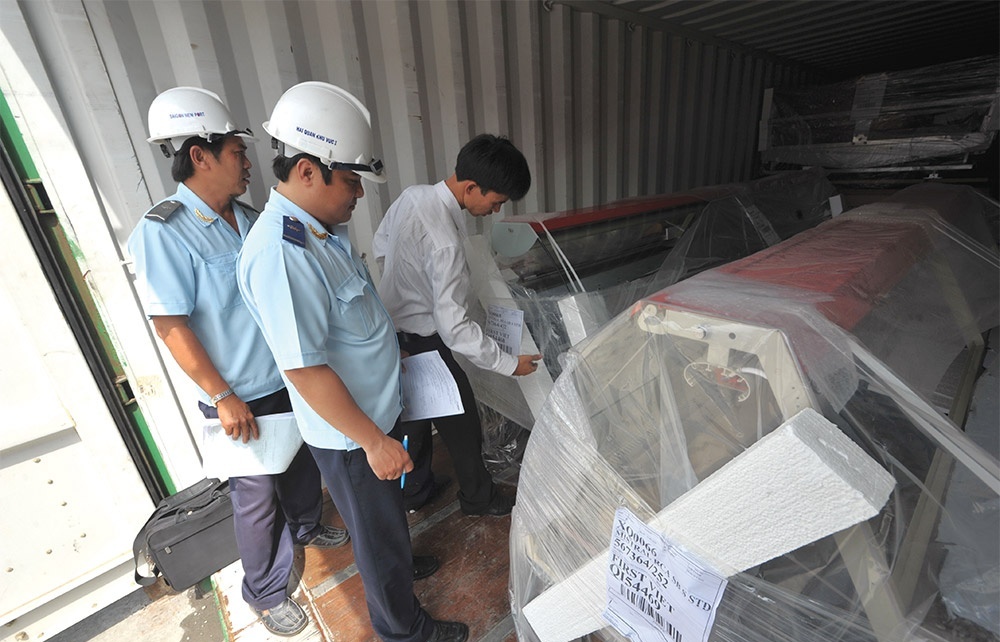





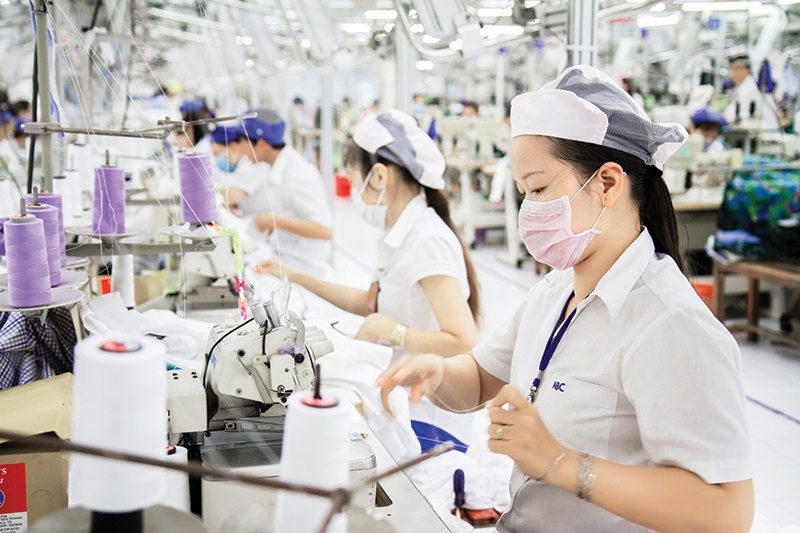
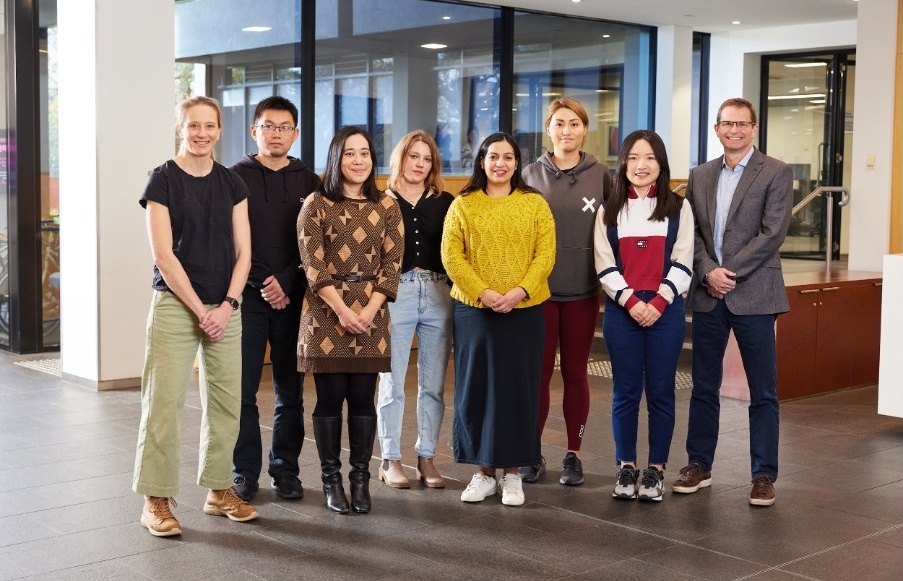
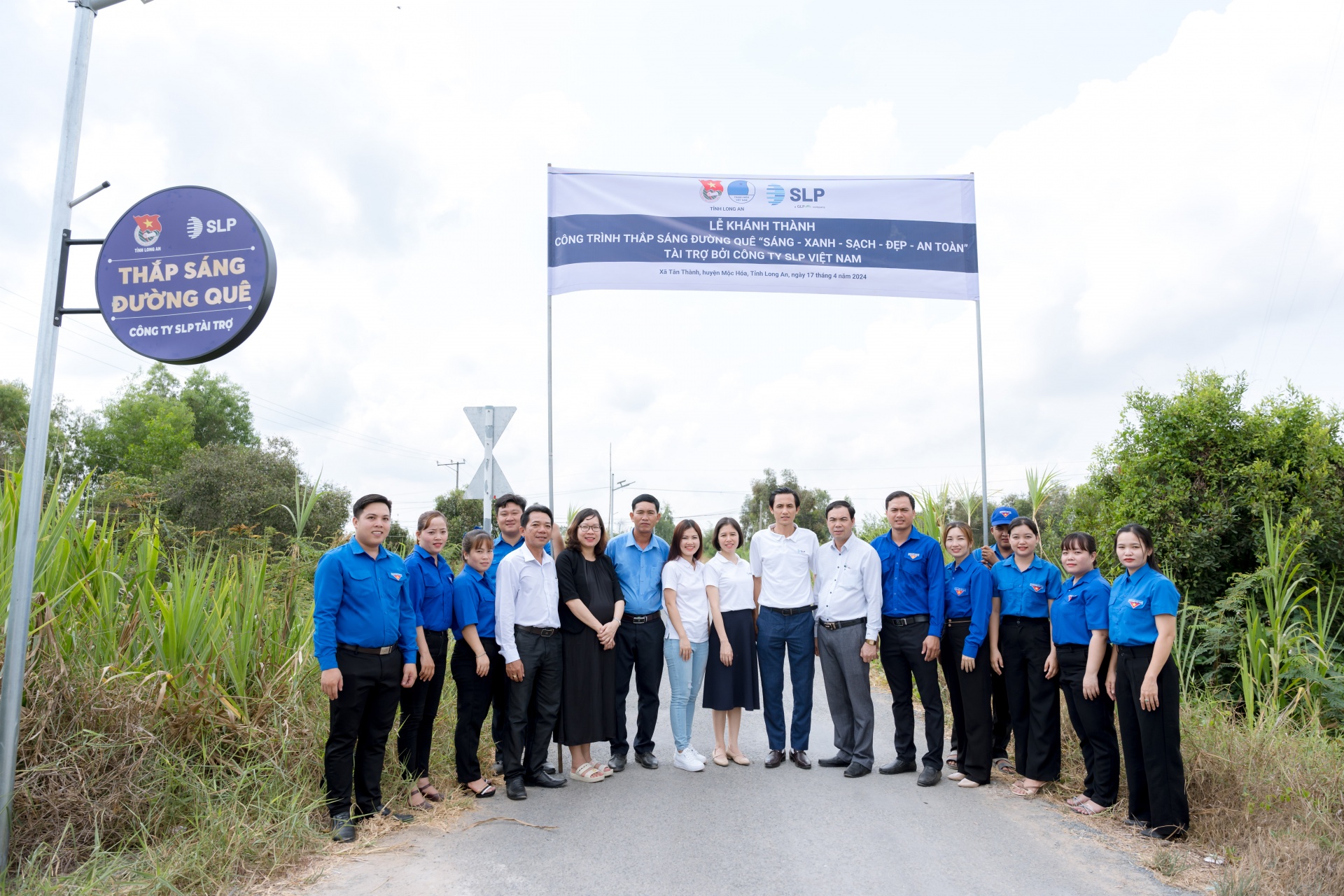



 Mobile Version
Mobile Version